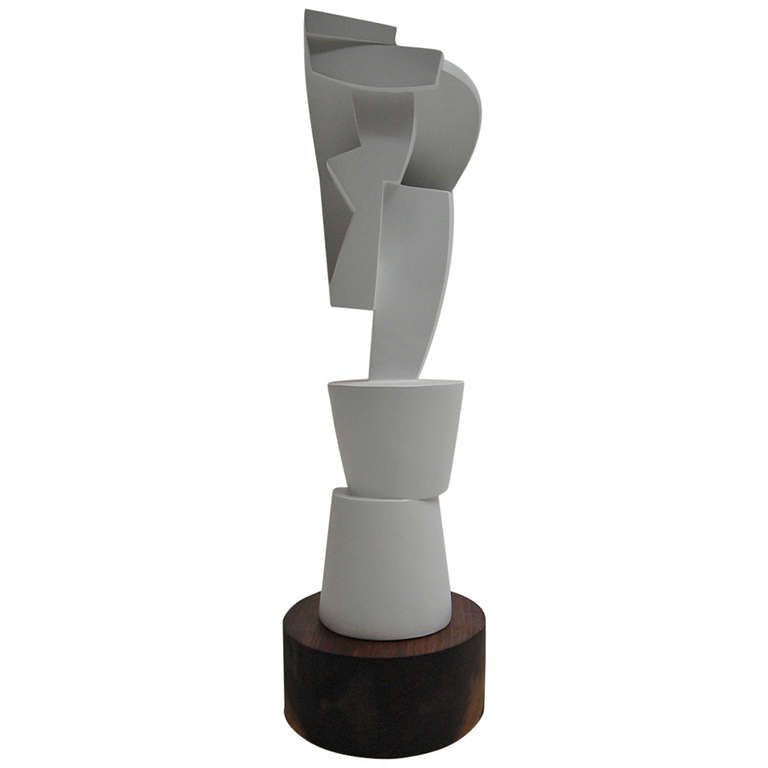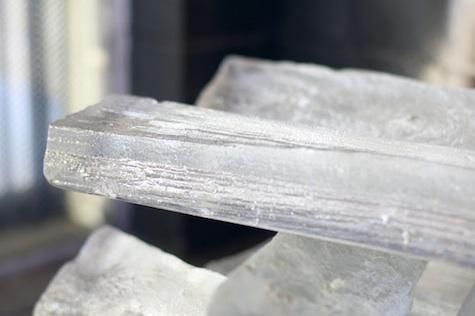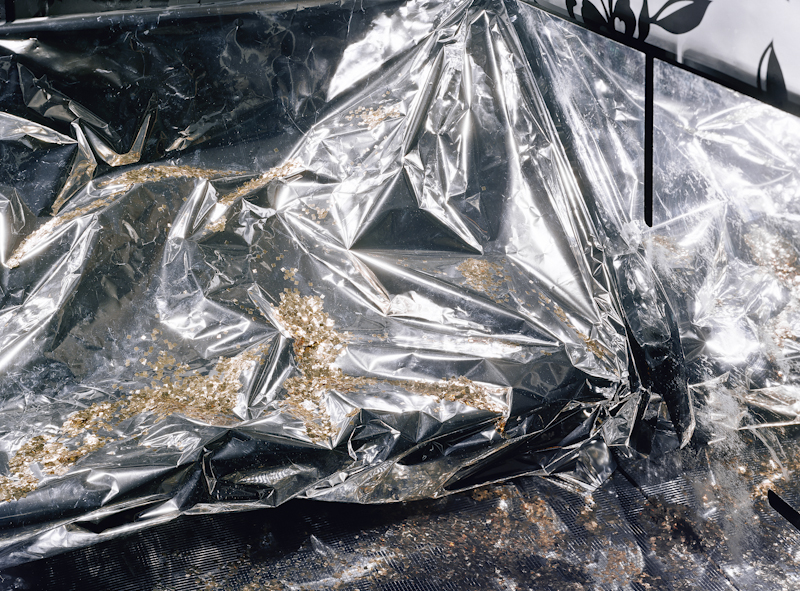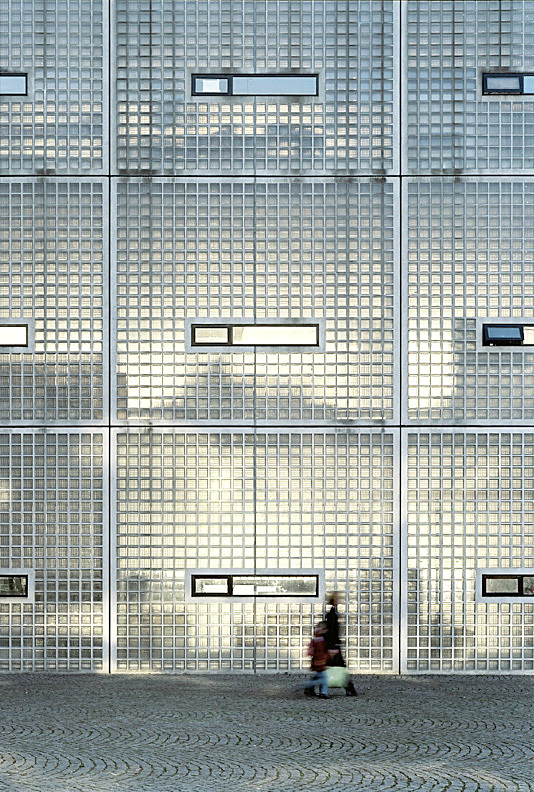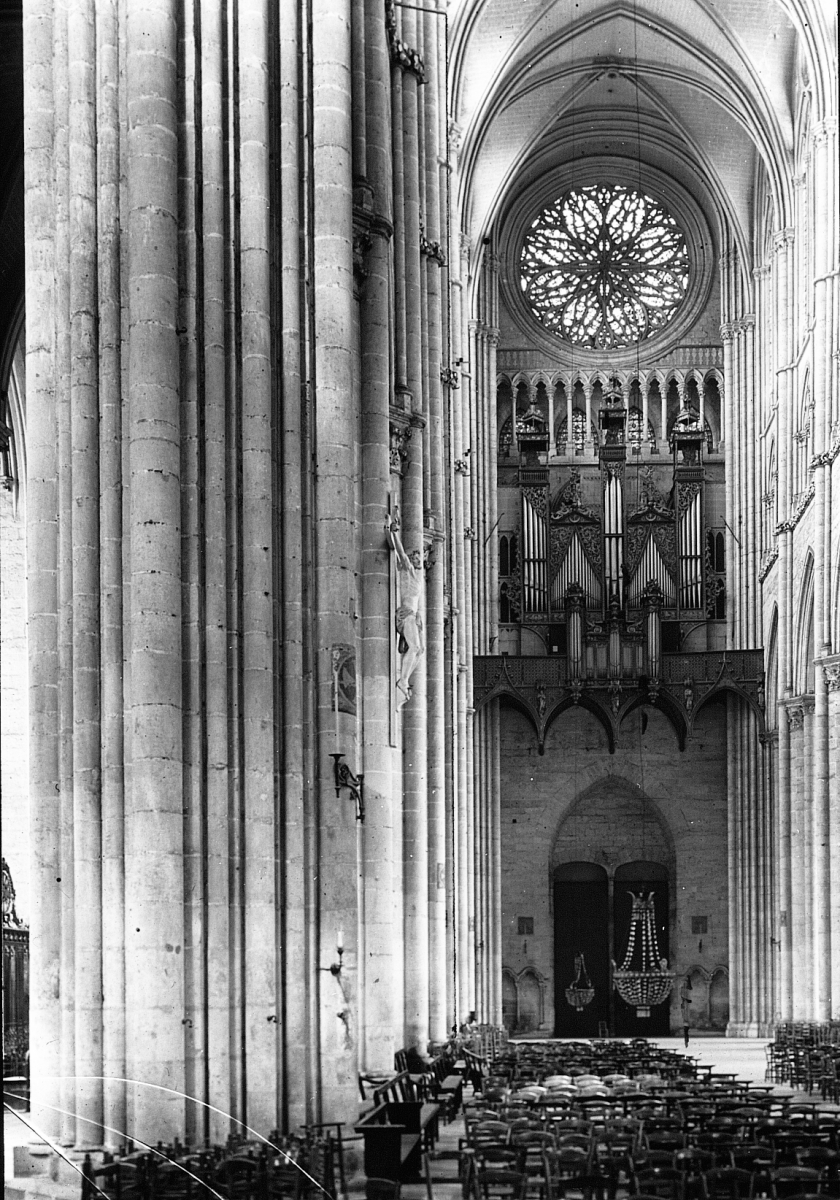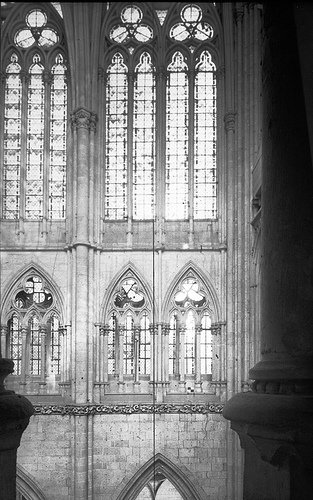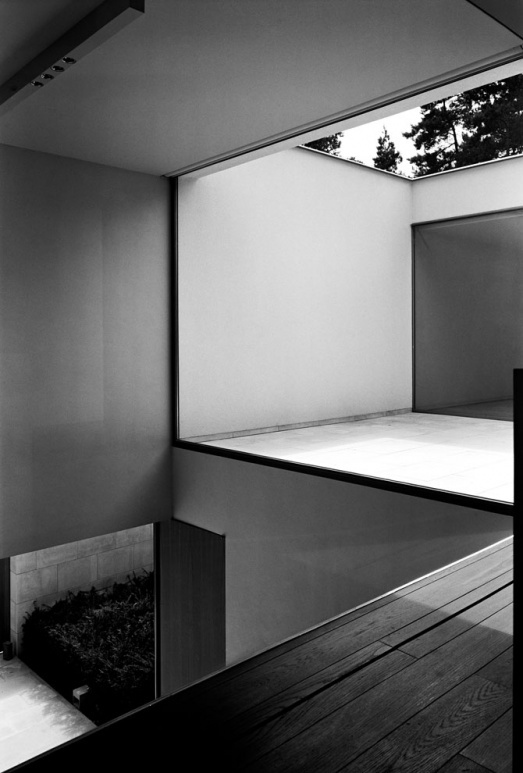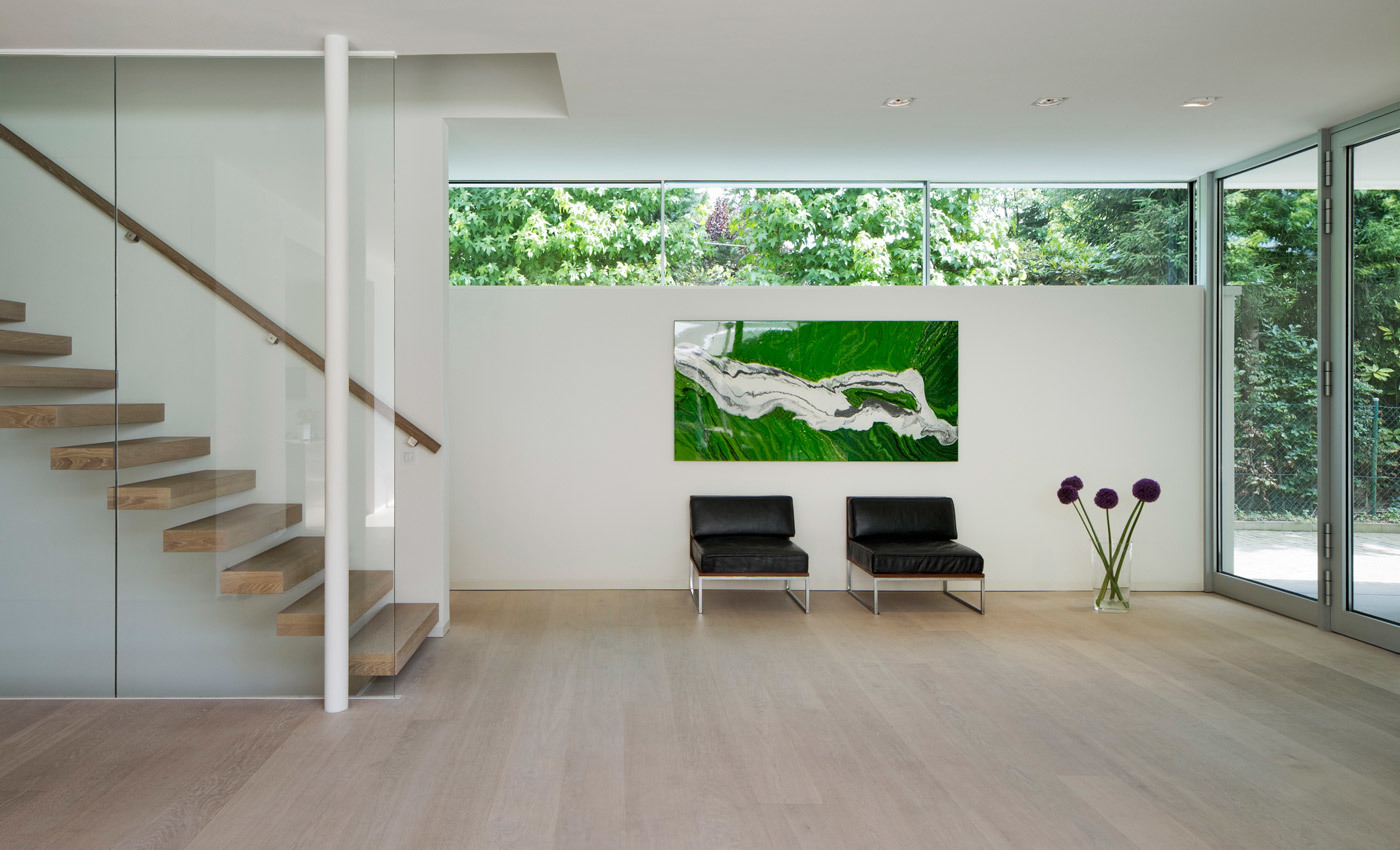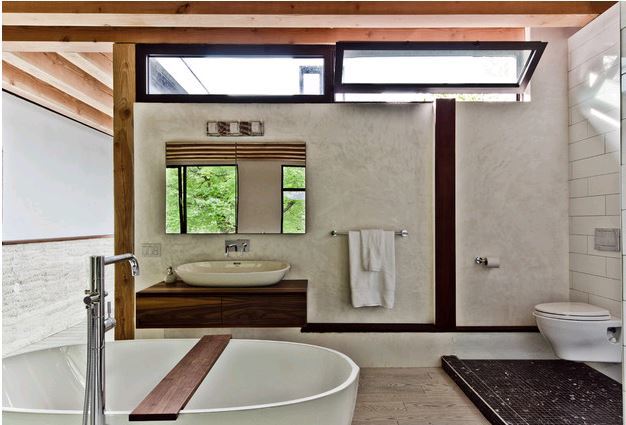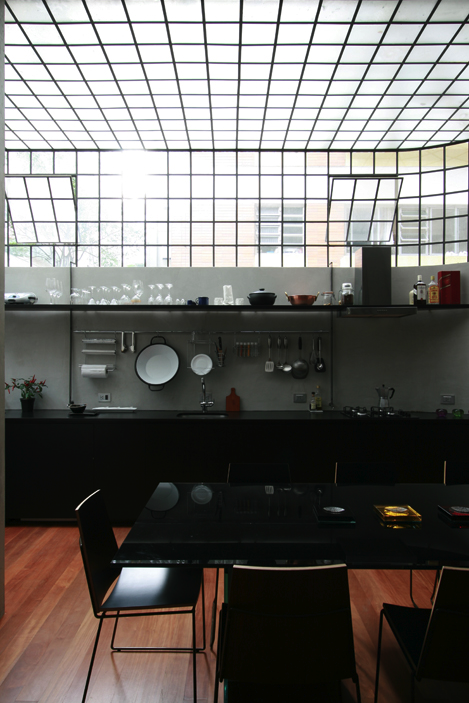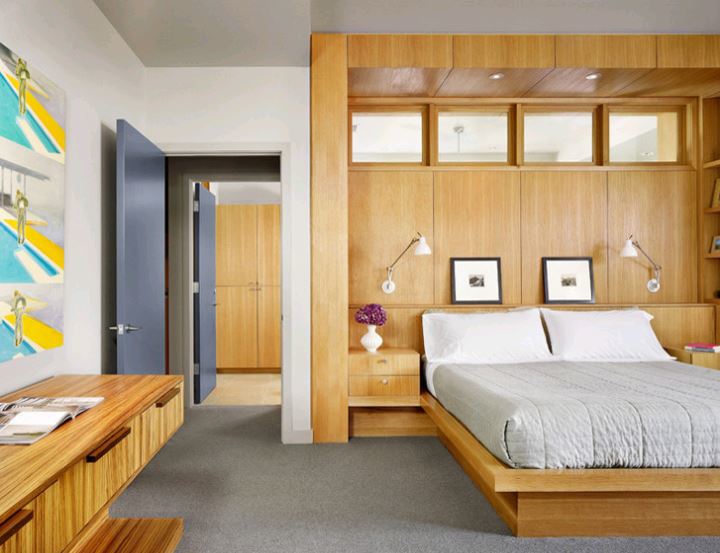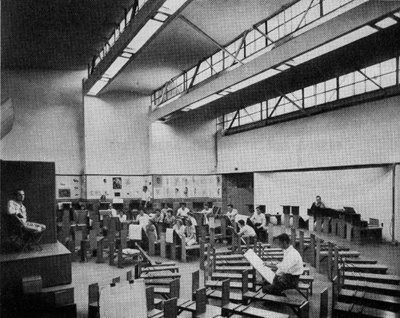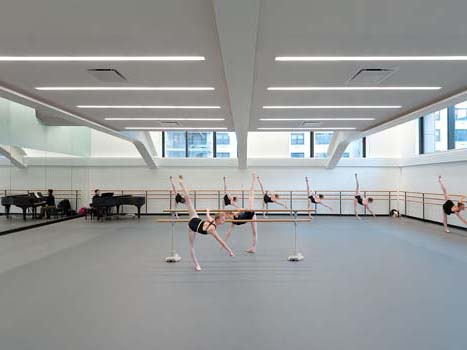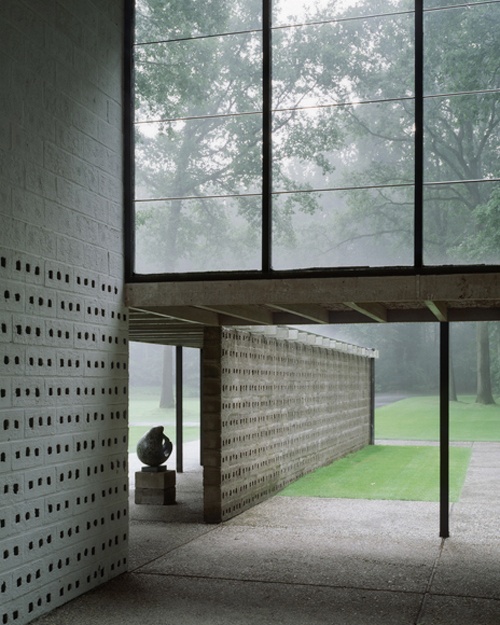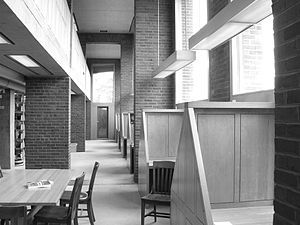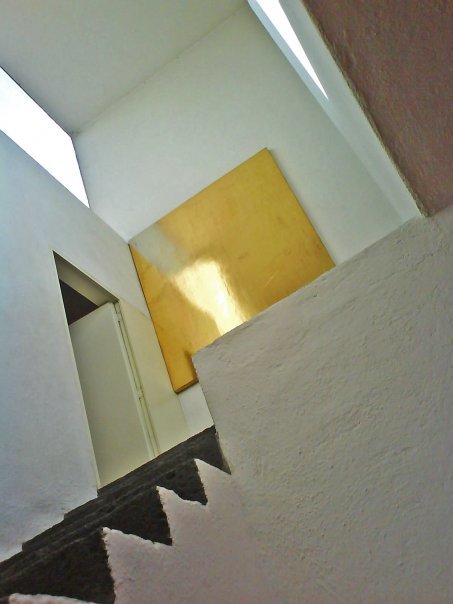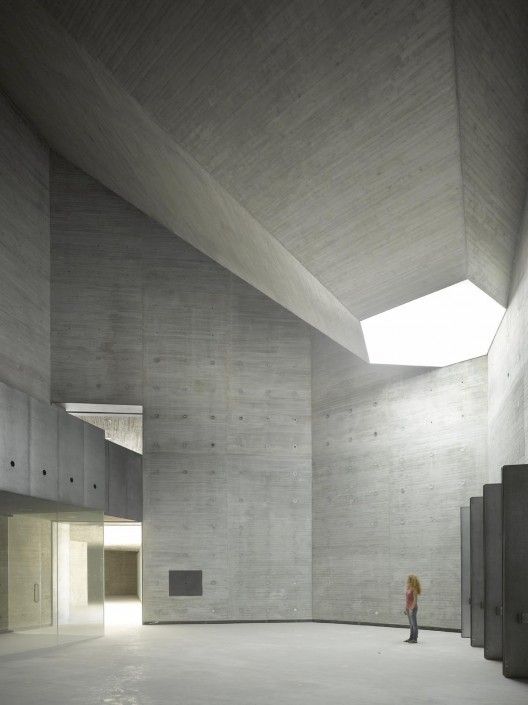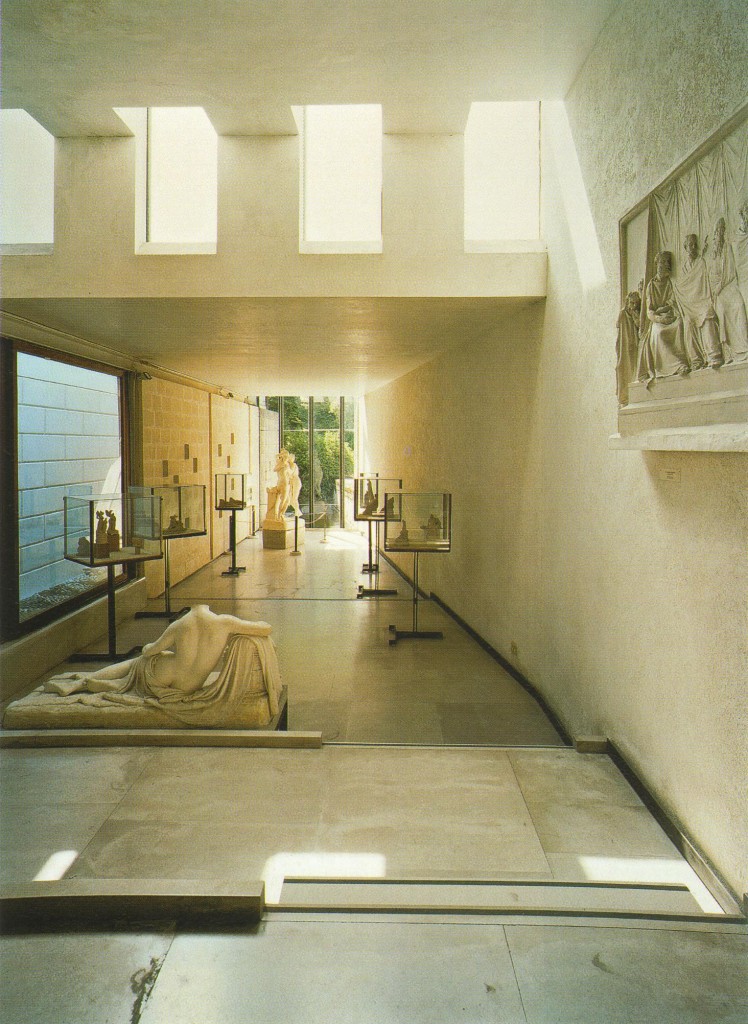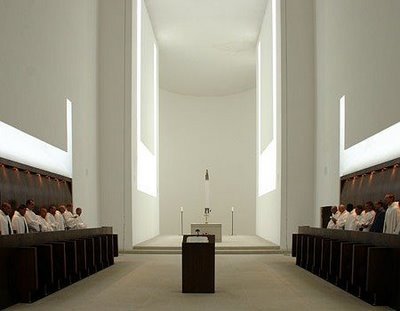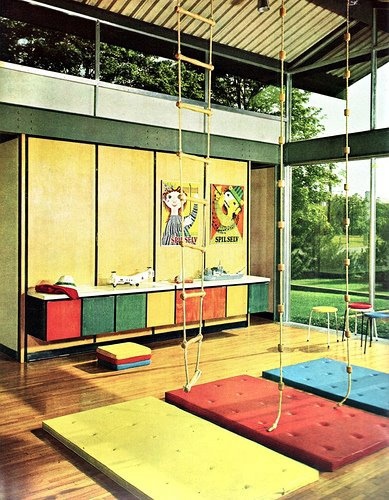Just as babies become the toddlers who grow up to be wallflowers or leaders or parents then grandparents, changing a litle bit every day -- so too does our world change bit by bit. But every now and again, something huge happens. Like when tectonic plates inching along crash at last, completely changing the landscape forever.
Side note: Check out this sweet video that captures the aging of a young girl over a hypothetical span of 70 years.
Like the way cubism, and the representation of multiple planes simultaneously in a single picture, forced so powerful a shift in artistic perspective that its influence extended beyond two-dimensional art into sculpture, architecture, and also the non-visual arts-- literature, philosophy, music.
Visiting Adolf Loos' Villa Muller in Prague was that for me - a pivot point.
Authors like Beatriz Colomina (among many others) more eloquently describe the intensity with which Loos wields architecture - and the juxtaposition of rich and complex interior compositions against a stark facade - as a tool to comment on the human condition and the split between our private and public lives....
Anyway, I remember taking in the sumptuous materials, the spatial genius, the surprisingly vivid colors; and I was stumped by the presence of this table lamp that seemed so out of place.
But I've come around since then, and perhaps Loos foreshadowed the work of Thaddeus Wolfe, whose glass Assemblage pieces illustrate the impact of cubism in three-dimensional art forms. Loos' table lamp, with its geometric forms, symbolizes "a profound reorientation towards a changed world."
With every movement come faddish elements as well, and geometric forms are trending pretty hard right now, and the fullness of time will reveal each piece's lasting power. With everything frozen with this winter storm, a little time capsule of related eye candy we can come back to later seemed appropriate:





